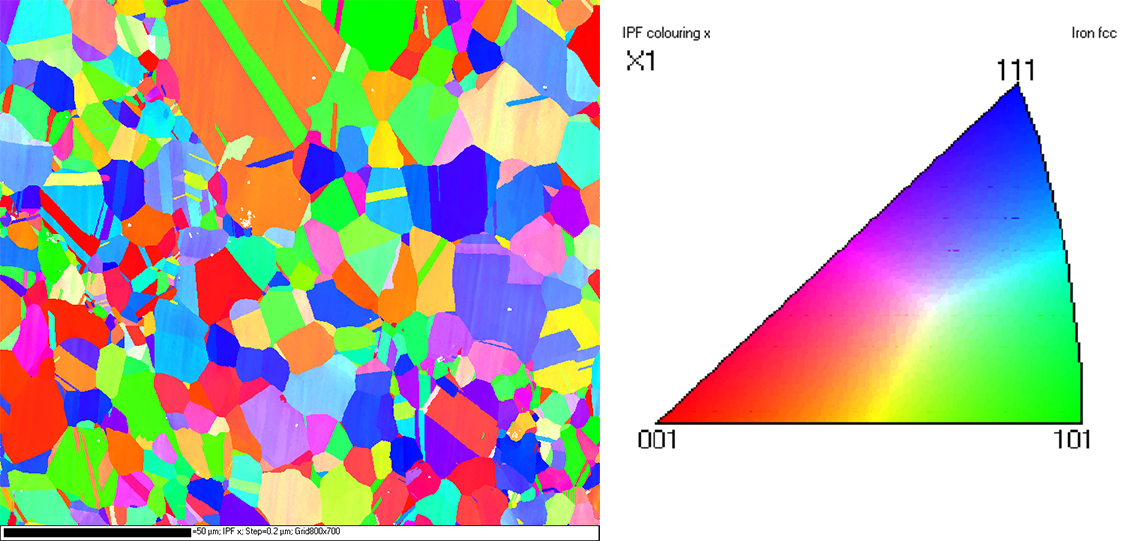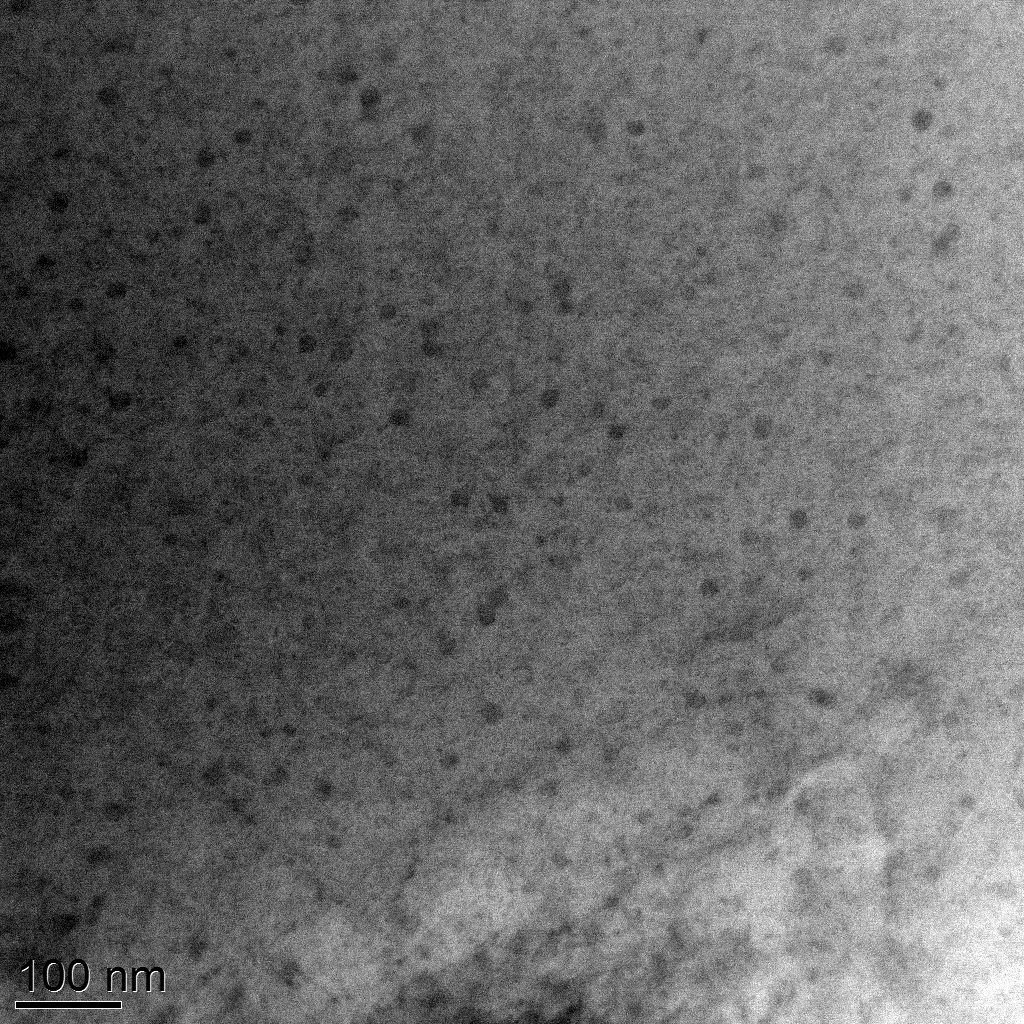Lighter, stronger, more flexible, more wear and heat resistant are only some of the properties that are essential for materials these days. A systematic development of new materials is crucial to meet the constantly increasing requirements.
A completely new type of materials are High Entropy Alloys (HEAs). These multicomponent alloys consist mostly of a (near-) equimolar mixture of several different elements, e. g. CoCrFeMnNi [1, 2]. To further adjust the resulting properties, additional alloying elements with smaller content can be added, e. g. Aluminium in Al0.1CoCrFeMnNi. Despite their unconventional composition, HEAs show a rather simple microstructure, which consists mostly of one or more solid solution phases, and show interesting properties, as for example [1-3]:
- High strength and ductility
- Good high temperature behaviour
- Low temperature ductility
- Good wear resistance
 Fraunhofer Institute for Manufacturing Technology and Advanced Materials IFAM
Fraunhofer Institute for Manufacturing Technology and Advanced Materials IFAM


